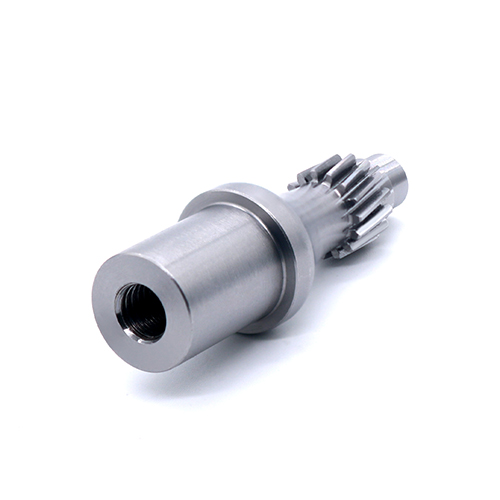Stainless steel’swork-hardening tendency and abrasive chips demand drills that balance wear resistance and heat dissipation. While indexable drills dominate heavy industry for their replaceable inserts, solid carbide variants are preferred for aerospace-grade precision. This 2025 study updates selection criteria with real-world data from 304L and 17-4PH stainless machining.
Test Design
1.Materials: 304L (annealed) and 17-4PH (H1150) stainless steel plates (thickness: 30mm).
2.Tools:
● Indexable: Sandvik Coromant 880-U (ϕ16mm, 2 inserts).
● Solid carbide: Mitsubishi MZS (ϕ10mm, 140° point angle).
● Parameters: Constant feed (0.15mm/rev), coolant (8% emulsion), varied speeds (80–120m/min).
Results & Analysis
1.Tool Life
● Solid carbide: Lasted 1,200 holes in 304L (flank wear ≤0.2mm).
● Indexable: Required insert changes every 300 holes but cost 60% less per hole.
2 .Surface Finish
Solid carbide achieved Ra 1.6µm vs. indexable’s Ra 3.2µm due to reduced runout.
Discussion
1. When to Choose Solid Carbide
● Critical applications: Medical devices, thin-wall drilling (vibration-sensitive).
● Small batches: Avoids insert inventory costs.
2. Limitations
Tests excluded deep-hole (>5×D) scenarios. High-sulfur steels may favor coated inserts.
Conclusion
For stainless steel:
● Solid carbide: Optimal under 12mm diameter or tight tolerances.
● Indexable: Economical for production runs >500 holes.
Future work should explore hybrid tools for hardened steels.
Post time: Aug-06-2025





